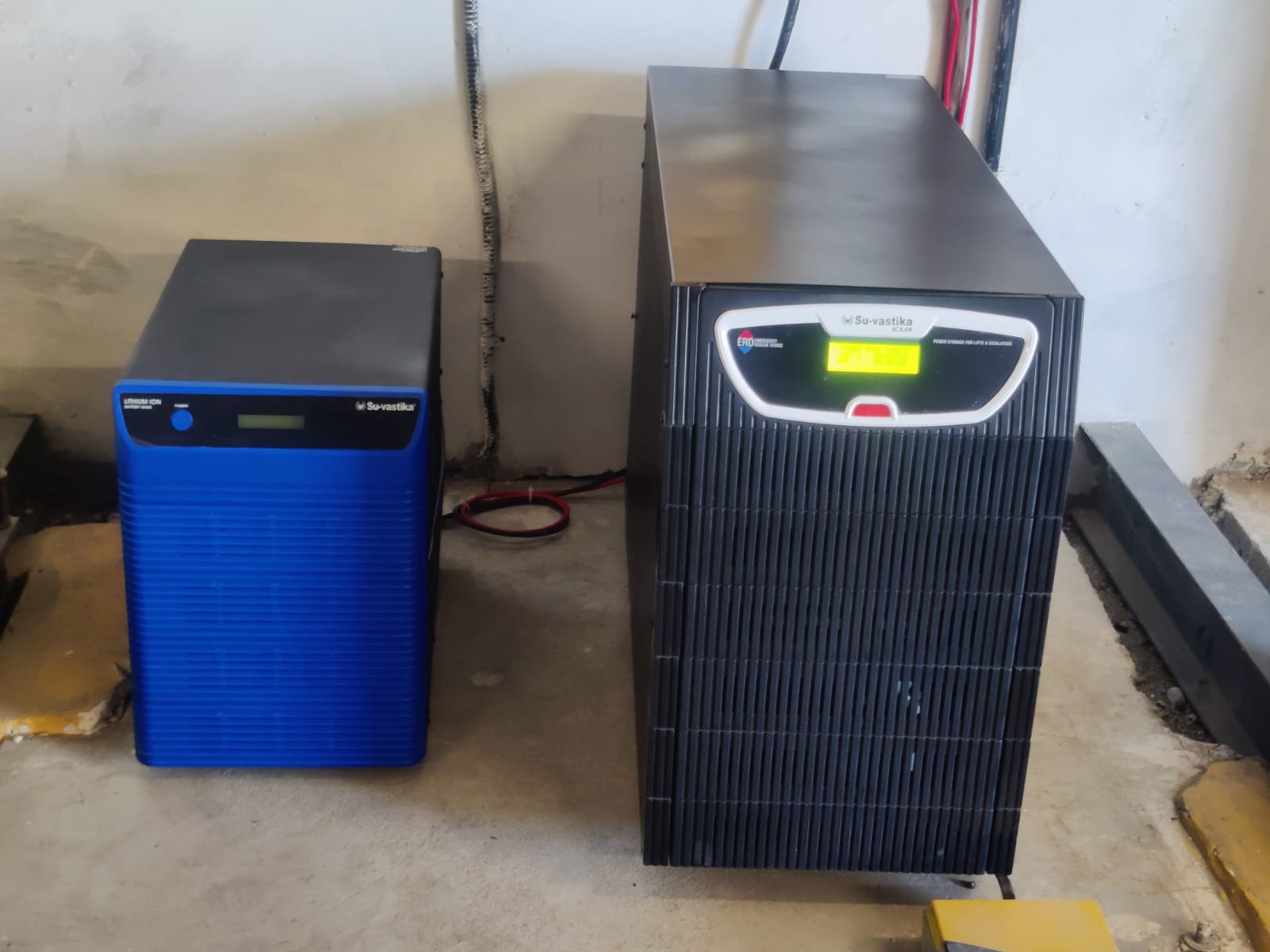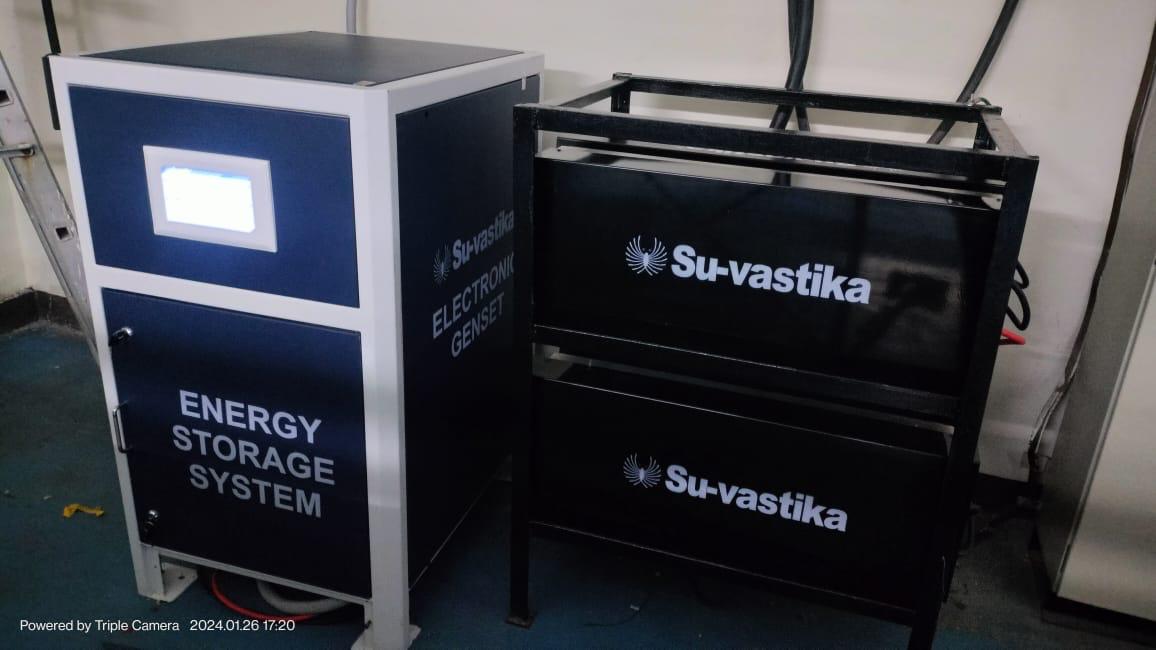
Maximize the Tubular Lead Acid battery life in UPS/Inverter by having an ATC Feature for charging Lead Acid batteries.
ATC stands for Automatic Temperature Compensation. It is a feature that is found in. Su-vastika Pure Sinewave UPS with ATC allows the UPS to adjust its charging voltage based on the ambient temperature automatically. This helps to ensure that the battery is not overcharged or undercharged. It prevents the battery from overheating, extending its lifespan to a 1-year minimum if you top up the battery in time.https://suvastika.com/how-to-charge-tubular-battery-in-inverter-ups/
Another important parameter is Four-stage charging: Bulk, Absorption, Float and trickle stage charging, and each stage has to be controlled by the software accurately.
Regular water is topped with distilled water, which is sealed and not contaminated.
The plugs on the top of the battery need cleaning occasionally with hot water.
Minimize the load on the Tubular battery when the power cut happens, as the tubular battery is designed for C20 capacity.
Keep the battery in a well-ventilated place and out of the reach of kids.

Here is how ATC works in Su-vastika Pure Sinewave UPS with ATC:
1. The Inverter/UPS has a sensor outside the UPS Chasis that measures the ambient temperature.
2. The Inverter/UPS microcontroller has the algorithm written, which calculates the correct charging voltage per ambient temperature.
3. The UPS then adjusts its charging voltage as per the algorithm written in the algorithm and keeps comparing continuously and correcting it.
4. ATC works by monitoring the battery’s external temperature and dynamically changing the charging voltage, which helps the battery to reduce the temperature inside the battery as the higher the charging voltage, the battery charging time will increase and lower the charging voltage, the time to charge the battery will reduce which is important to control the heating inside the battery.
Overall, Inverter/UPS with ATC are better than UPS without ATC. They extend the battery lifespan, improve the UPS’s performance, reduce electricity bills, reduce maintenance costs, and provide peace of mind knowing that the battery is correctly charged.
Here are some of the benefits of using a UPS with ATC:
Increases Backup time in cold weather: This is one of the biggest features of ATC, as the fixed voltage provided for the charging of the battery doesn’t let the battery charge properly when the temperature drops to less than 10 degrees, which reduces the backup time of the lead acid battery which is the major concern of the user. ATC feature increases the charging voltage as per the temperature outside the battery as the cold weather needs more charging time for the battery to get fully charged as the water and acid contract inside the battery.
• Extended battery life: ATC can help extend your battery’s life by up to 30%. This is because ATC prevents the battery from overcharging, one of the leading causes of battery failure.
• Reduced electricity bills: ATC can help reduce your electricity bills by preventing overcharging. The battery will not waste energy by charging beyond its capacity, changing the voltage according to the temperature outside the battery. When the temperature exceeds 40 degrees, it reduces the charging time so that the battery is not heated, and the power bill is saved at higher temperatures.
• Reliable power backup: If the battery is cleaned and power drawn from the battery is 20% of its capacity, then the life of the battery increases beyond expectation. So, for example, if the 150 Ah battery is there and we use a 200 Watt load on this battery, then this battery will last more than five years provided we maintain it properly.
• Reduced maintenance costs: ATC can help prevent the battery from overheating by monitoring the battery’s temperature and adjusting the charging voltage accordingly. Which can lead to premature degradation and no need for water filling monthly.
• Performance: Without the ATC feature, the UPS may not be able to supply as much power to the battery, which can lead to overcharging or undercharging and need more water topping, and overall performance is low compared to the ATC-based UPS/Inverter.
• High maintenance costs: When the water topping is required, then the Distilled water, which is not contaminated, needs to be used. Filling the water up to 90% in the battery is tedious; generally, the water level is overfilled. Once the charging starts, the acid water comes out, and the floor is permanently damaged, which is the major problem faced by most of the Tubular Lead Acid battery users






